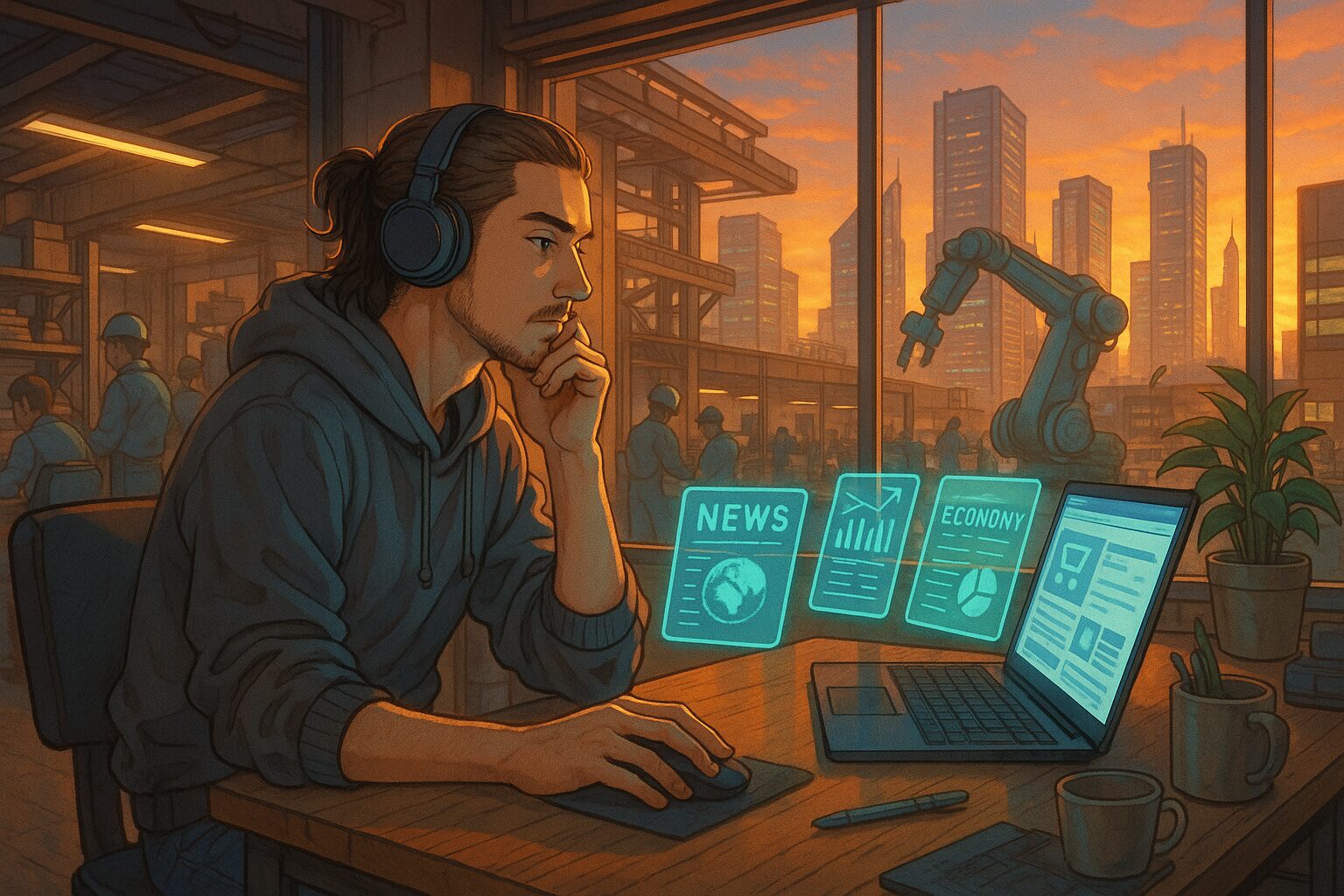Is the Day When Fusion Energy Changes Our Future Coming?
As an energy option for the future, nuclear fusion is once again gaining attention. The recent funding announcement by the U.S. Department of Energy may accelerate this trend. If this movement continues, how will our energy sources change? And what impact will those changes have on our daily lives?
1. Today’s News
Source:
Department of Energy Allocates $134 million for Fusion Funding
Summary:
- The U.S. Department of Energy has allocated $134 million to the fusion program.
- This funding will be used to bridge research and commercialization.
- The majority of the funding will be allocated to the “FIRE” collaborative, consisting of virtual teams from universities.
2. Considering the Background
Stable energy supply is the foundation of modern society. As dependence on fossil fuels continues, the environmental impact and limitations of resources are becoming issues. Nuclear fusion is expected to be a clean and nearly limitless energy source, but due to technical challenges, it has not yet reached commercialization. The recent announcement from the Department of Energy may serve as a stepping stone to overcome these challenges and pave the way for a future energy revolution.
3. What Does the Future Hold?
Hypothesis 1 (Neutral): A Future Where Fusion Becomes Normal
Nuclear fusion technology may stabilize and become part of everyday energy supply. As a result, energy costs could significantly decrease, allowing households and businesses to access cheaper and cleaner electricity. People may become less conscious of energy waste, but simultaneously, their interest in energy usage may diminish.
Hypothesis 2 (Optimistic): A Future Where Fusion Develops Significantly
Nuclear fusion technology may evolve dramatically and become widespread as a clean energy source globally. This could mitigate the progression of global warming and greatly improve environmental issues. People may feel a sense of a sustainable future, and awareness of environmental protection may increase, leading society to share ecological values.
Hypothesis 3 (Pessimistic): A Future Where Fusion is Lost
There is also the possibility that technical barriers will not be overcome, preventing nuclear fusion from reaching commercialization. In this case, energy supply issues may remain unresolved, and dependence on fossil fuels would continue. Amidst a shortage of energy resources, international competition may intensify, leading to increased social unrest over energy.
4. Tips for Us
Thought Provoking Tips
- Consider how energy choices shape the future.
- Re-evaluate daily energy consumption and consciously make sustainable choices.
Small Practical Tips
- Aim to live with energy conservation in mind.
- Stay informed about local energy policies and share your opinions.
5. What Would You Do?
- How will you get involved in promoting the commercialization of fusion energy?
- If you were to incorporate sustainable energy options into your daily life, what would you start with?
- What are your thoughts on the future of energy issues?
What kind of future did you envision? Please let us know through social media quotes or comments.









